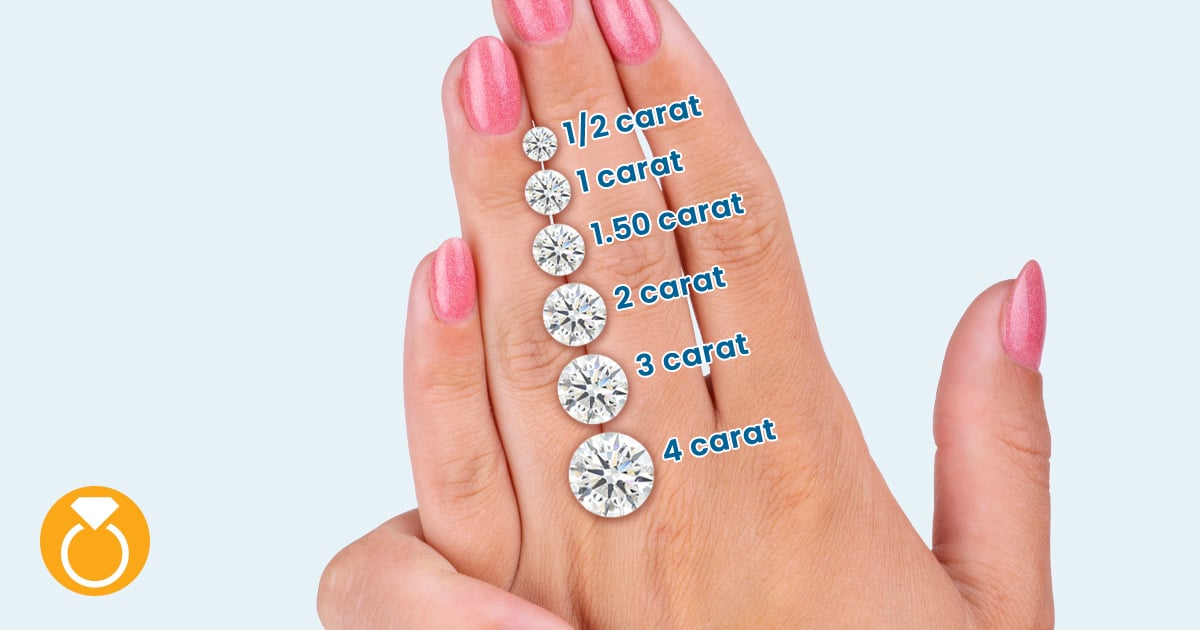matt_k
Shiny_Rock
- Joined
- Jan 1, 2020
- Messages
- 356
Hi, gang. I'm sorry if this is a redundant thread, but I was hoping you could help me with translating a colored gemstone's millimeter size to what it translates to visually in terms of diamond sizes. Like, I already know what 1, 1.5, and 2 carat round brilliant diamonds look like like in terms of face-up size and finger coverage. but could you help me translate the equivalent face-up size in millimeters for gemstones?
From what I've been able to figure out online, I think the following measurements are correct as far as what a colored gemstone looks like in comparison to a round brilliant diamond, but if anybody has any corrections to make I would love to hear 'em.
For oval shaped gemstones ( in particular oval cabachons)
7×5mm: visually equal to 1 carat RBC
8×6mm: visually equal to 2 carat RBC
9×7 mm: visually equal to 3 carat RBC
10×8mm: visually equal to a 4 carat RBC
Providing those comparisons are roughly true, could somebody help me figure out the formula for cushion-cut cabochon gemstones in comparison to the visual face up size (and finger coverage) of RBCs?
From what I've been able to figure out online, I think the following measurements are correct as far as what a colored gemstone looks like in comparison to a round brilliant diamond, but if anybody has any corrections to make I would love to hear 'em.
For oval shaped gemstones ( in particular oval cabachons)
7×5mm: visually equal to 1 carat RBC
8×6mm: visually equal to 2 carat RBC
9×7 mm: visually equal to 3 carat RBC
10×8mm: visually equal to a 4 carat RBC
Providing those comparisons are roughly true, could somebody help me figure out the formula for cushion-cut cabochon gemstones in comparison to the visual face up size (and finger coverage) of RBCs?








300x240.png)